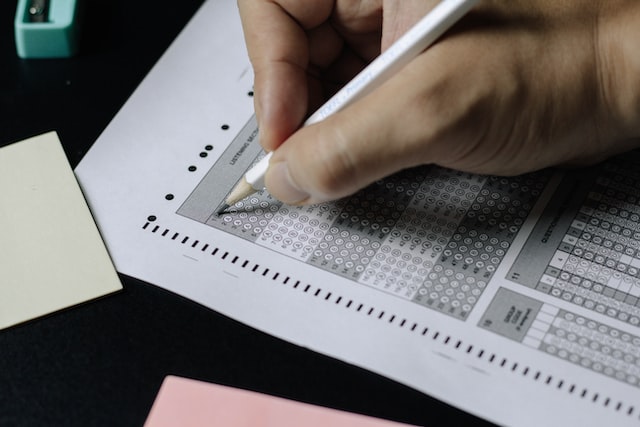Personality Tests: Definition, Examples, & PsychologyPersonality tests are rigorously designed to give a complete picture of a person’s personality. Let’s dive into the psychology research behind personality tests and look at some examples.
The things I like to do, and the character traits that underlie my hobbies and preferences – they’ve been pretty consistent my whole life. And that make sense – our personalities tend to stay mostly the same throughout our lives. Perhaps this is why personality tests are so appealing to us – maybe they can unlock the mysteries of who we really are, highlighting the aspects of ourselves we just haven’t quite understood yet. Let’s look at personality tests as defined by psychological science and see how they might help increase our self-knowledge.
Before reading on, if you're a therapist, coach, or wellness entrepreneur, be sure to grab our free Wellness Business Growth eBook to get expert tips and free resources that will help you grow your business exponentially.
Are You a Therapist, Coach, or Wellness Entrepreneur?
Grab Our Free eBook to Learn How to
|
Are You a Therapist, Coach, or Wellness Entrepreneur?
Grab Our Free eBook to Learn How to Grow Your Wellness Business Fast!
|
Terms, Privacy & Affiliate Disclosure | Contact | FAQs
* The Berkeley Well-Being Institute. LLC is not affiliated with UC Berkeley.
Copyright © 2024, The Berkeley Well-Being Institute, LLC
* The Berkeley Well-Being Institute. LLC is not affiliated with UC Berkeley.
Copyright © 2024, The Berkeley Well-Being Institute, LLC




